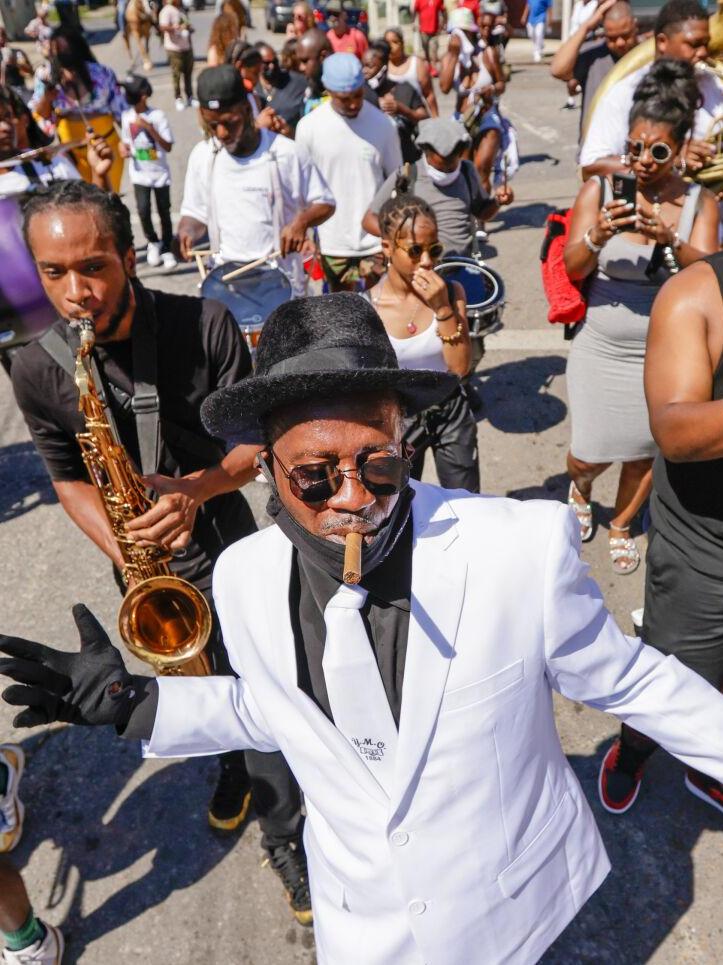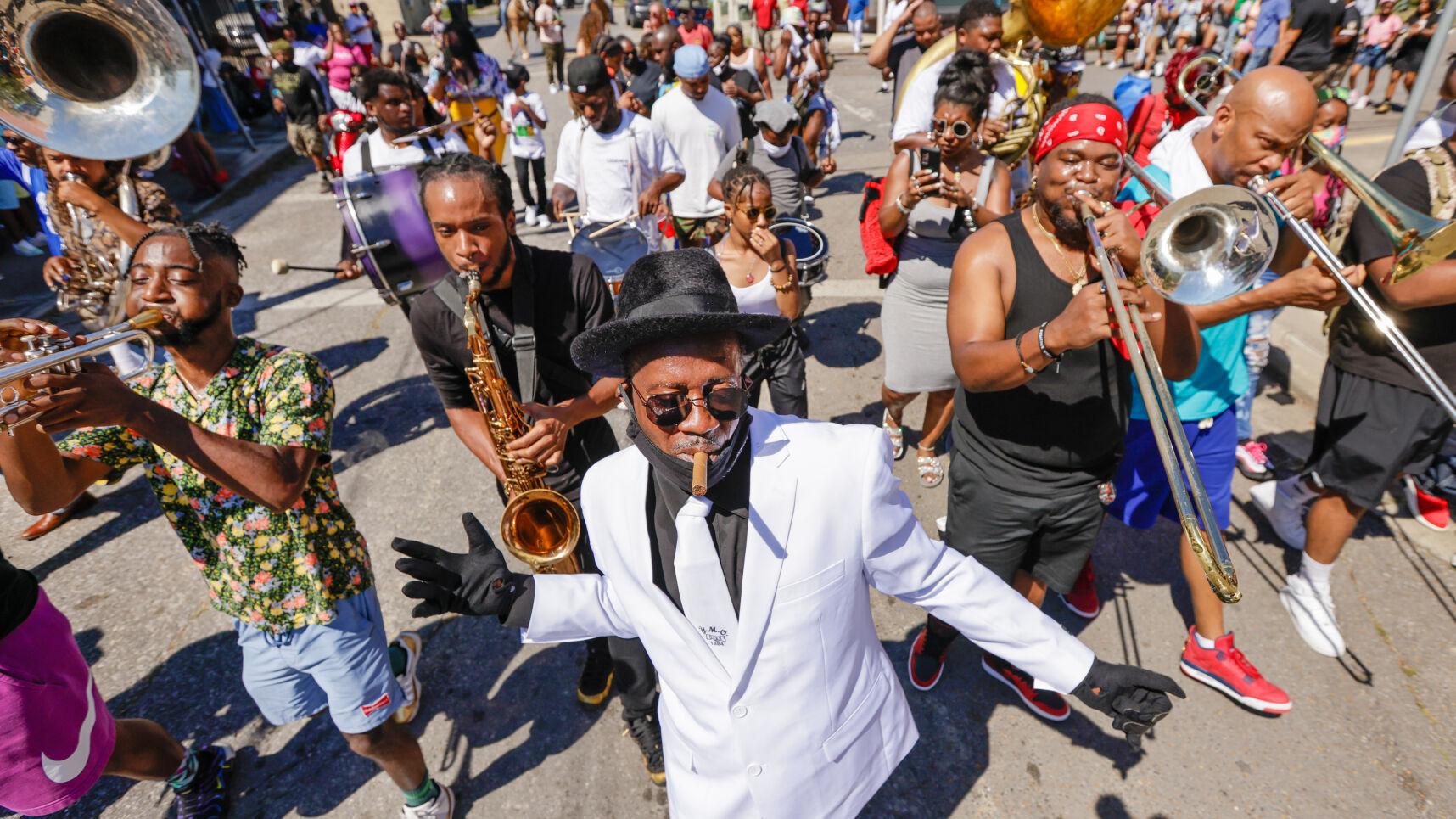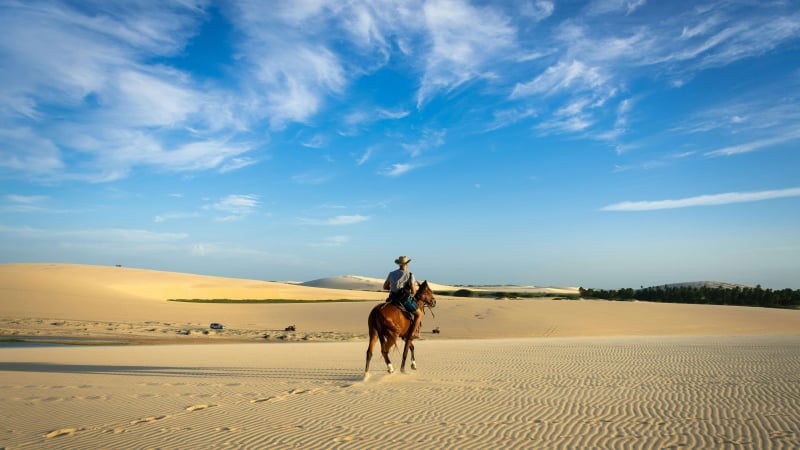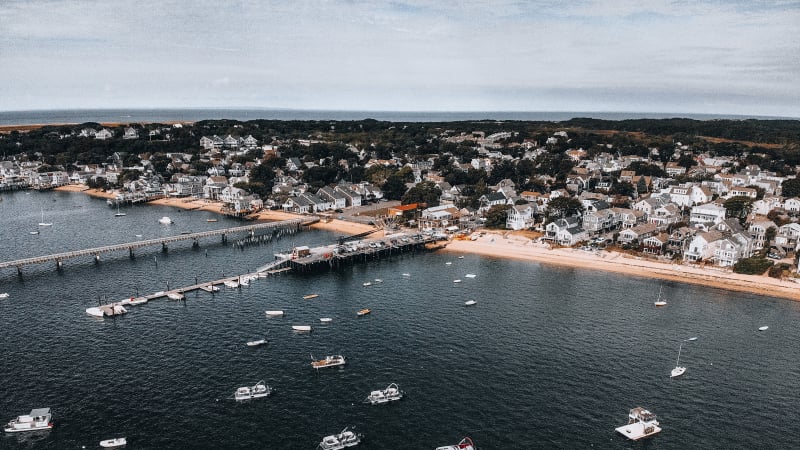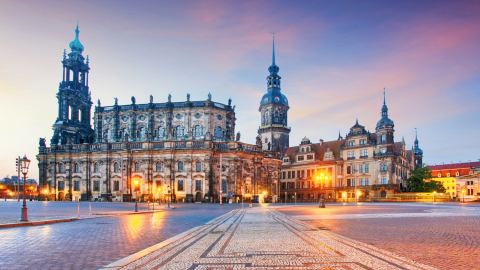On May 31, 1921, in the Greenwood district of Tulsa, Oklahoma, the Tulsa Race Massacre took place when thousands of white residents attacked the local black community and businesses – at the time the wealthiest black community in the United States, also known as “Black Wall Street.” Approximately 300 people were murdered, with homes and businesses looted and burned. It is considered the worst incident of racial violence in American history, and its aftershocks still linger today as survivors fight for reparations.
Tulsa is not alone. There have been many such neighborhoods across America, where Black communities thrived and found safety from a hostile outside world, only to be decimated by the very threat they sought to avoid. From racial violence to covert plots in the name of “urban renewal,” these once vibrant streets have all but been erased from the map of American history. Let’s take a look at the neighborhoods that have become a significant part of America’s racial history and the legacy they have left behind.
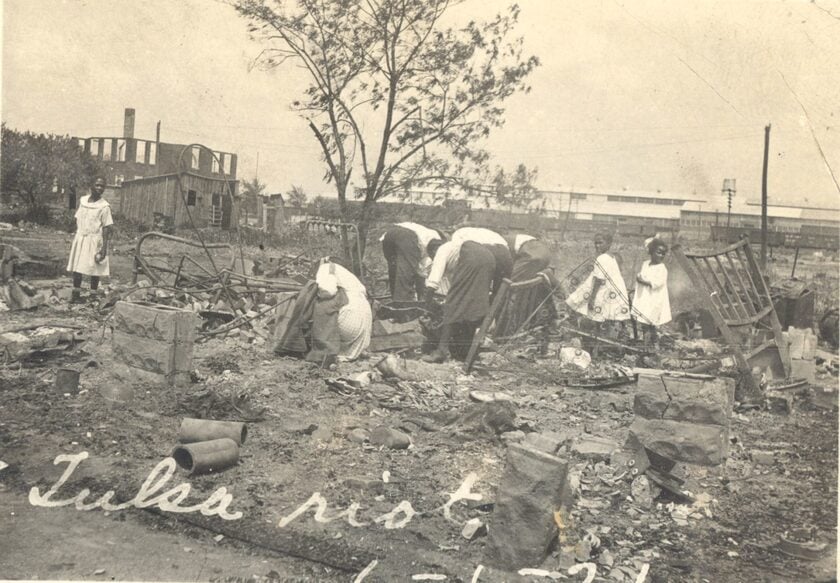

The 1921 Tulsa Race Massacre - the worst incident of racial violence in American history
Bruce's Beach, Manhattan Beach, California
Bruce's Beach was once a popular resort for the African-American community in the beautiful Manhattan Beach district of Los Angeles, California. Purchased by a black couple, Willa and Charles Bruce, in 1912, it became a resort exclusively for black people, a place to hold many parties - a safe area where they could comfortably enjoy the life of a normal citizen, free from the racism that was raging everywhere.

Bruce's Beach - "mecca" for black people in Los Angeles
However, this freedom was short-lived, as white residents in the area constantly harassed them. Tensions escalated to the point where local authorities had to close the resort and take the land. In 1927, the National Association for the Advancement of Colored People (NAACP) organized a swimming protest to protest racial discrimination, which resulted in the arrest of four black teenagers. They fought and won, forcing authorities to reopen the beach.
In 2022, after much community struggle, Los Angeles County decided to return the land to the Bruce family’s descendants. A year later, the Bruce family sold the land back to the government for $20 million, calling it “a belated recognition.”
Today, a memorial plaque stands at Bruce's Beach Park to acknowledge the family's legacy, along with the city's commitment to change: “We are not the Manhattan Beach of 100 years ago. We reject racism, hate, prejudice, and exclusion. This park is named in memory of Bruce's Beach and in recognition of the next 100 years of Manhattan as a city of respect and inclusion.”

Memorial plaque at Bruce's Beach Park
Treme, New Orleans, Louisiana
Tremé in New Orleans is considered the oldest black neighborhood in the United States. Established in the 1800s, it was one of the first places in the United States where free black people were allowed to own property.
Congo Square, located in the Tremé neighborhood, was a place where black people gathered every Sunday to dance, drum, and celebrate, contributing to their jazz culture and their distinctive tradition of second-line street parades. However, in the 1960s, the decision to build Interstate 10 across Claiborne Avenue devastated one of the most prosperous black business districts in America.
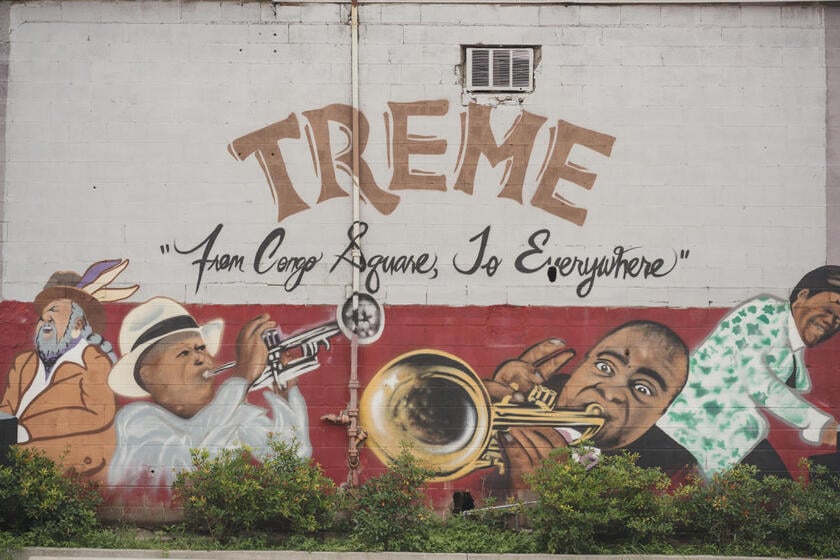
Jazz - a unique art and culture of black people in general and the Tremé neighborhood in particular
Despite the hardships, Tremé has maintained its identity and cultural heritage to this day. Tours like the NOLA Culture Second Line Tour & Experience help visitors explore the neighborhood's second-line parade tradition. Highlights like Kermit's Treme Mother-in-Law Lounge and St. Augustine, the oldest Black Catholic church in the United States, are also worth a visit.
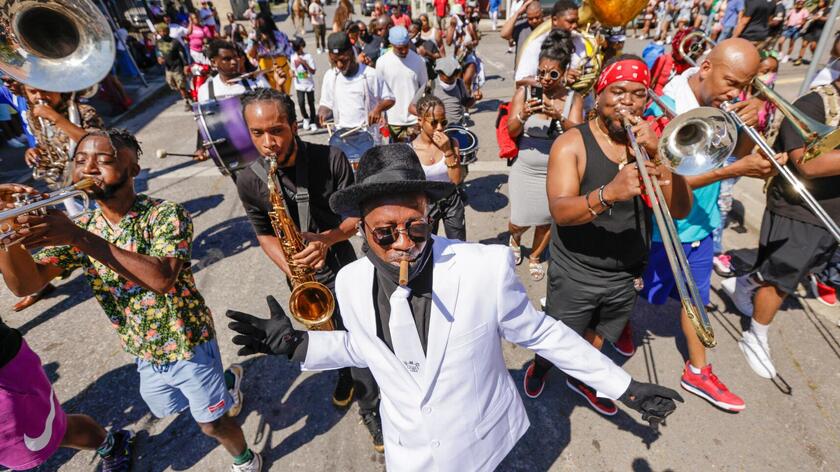
Second-line - the tradition of black street parades at Tremé
Bronzeville, Milwaukee, Wisconsin
During the Great Migration of the 20th century, many blacks left the South to seek opportunity in northern cities, including Milwaukee. Despite discrimination, Bronzeville became the economic and cultural center of the black community.
However, in the 1960s, a highway project destroyed more than 8,000 homes and businesses, displacing thousands. Today, Bronzeville is reviving with a mix of old heritage and modernity. Places like Mi Casa Su, Bronzeville Kitchen and Lounge, and Honeybee Wellness and Apothecary offer visitors a taste of the unique cuisine and culture of the area. The United States Black Holocaust Memorial Museum is also a must-see.
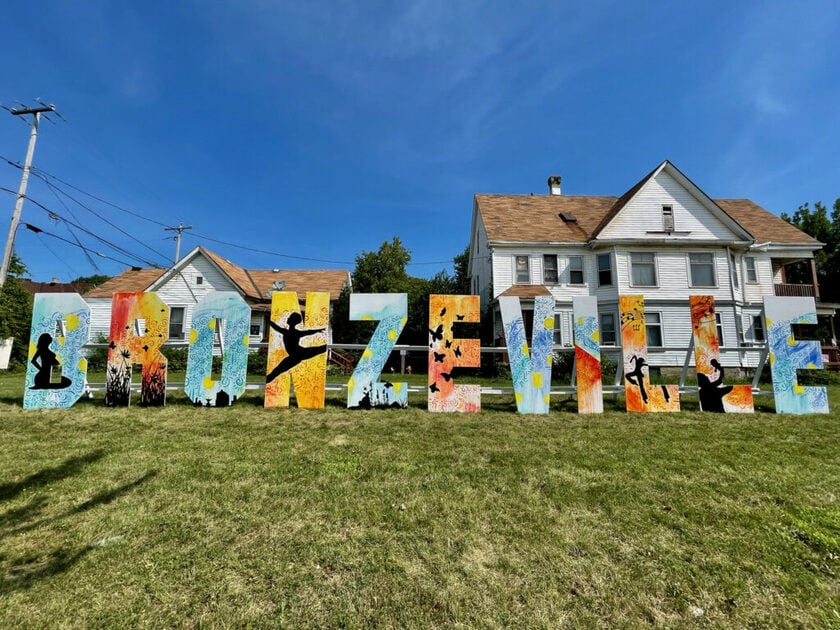
Bronzeville, Milwaukee, Wisconsin
Gainsboro, Roanoke, Virginia
Once a thriving community, Gainsboro was not only home to thousands of families, but also the cultural and economic center of Roanoke, Virginia. Before being devastated by “urban renewal” projects in the 20th century, Gainsboro was a bustling neighborhood with churches, shops, restaurants, theaters, and community organizations that helped residents cope with racial discrimination and build a sustainable life. The streets here once echoed with the laughter of families, the music of clubs, and the bustle of black-owned businesses.
In the 1950s and 1960s, the government implemented urban renewal projects that essentially pushed black communities out of the city center. More than 1,600 homes were demolished, hundreds of businesses disappeared. The forced relocations left many residents without not only their homes, but also their economic and cultural foundations.
Today, efforts to preserve Gainsboro’s memory continue. Organizations like the Roanoke Higher Education Center, the Roanoke Public Library, and the Roanoke Valley Preservation Foundation have partnered to create the Gainsboro History Project, which provides information about the area’s past through documents, photos, and videos. The Gainsboro Revisited app allows users to explore the neighborhood’s history through interactive stories and virtual reality.

The Martin Luther King Memorial – African American civil rights activist – is located in Gainsboro
Faced with destruction, displacement, and historical injustice, these neighborhoods have shaped American culture and history, revealing the two sides of the “American dream” that has brought generations of people of all colors and languages to this country. They are not just places on a map, but symbols of the resilience, creativity, and solidarity of the African American community, representing the human rights and freedoms that every individual deserves, no matter where they are.





